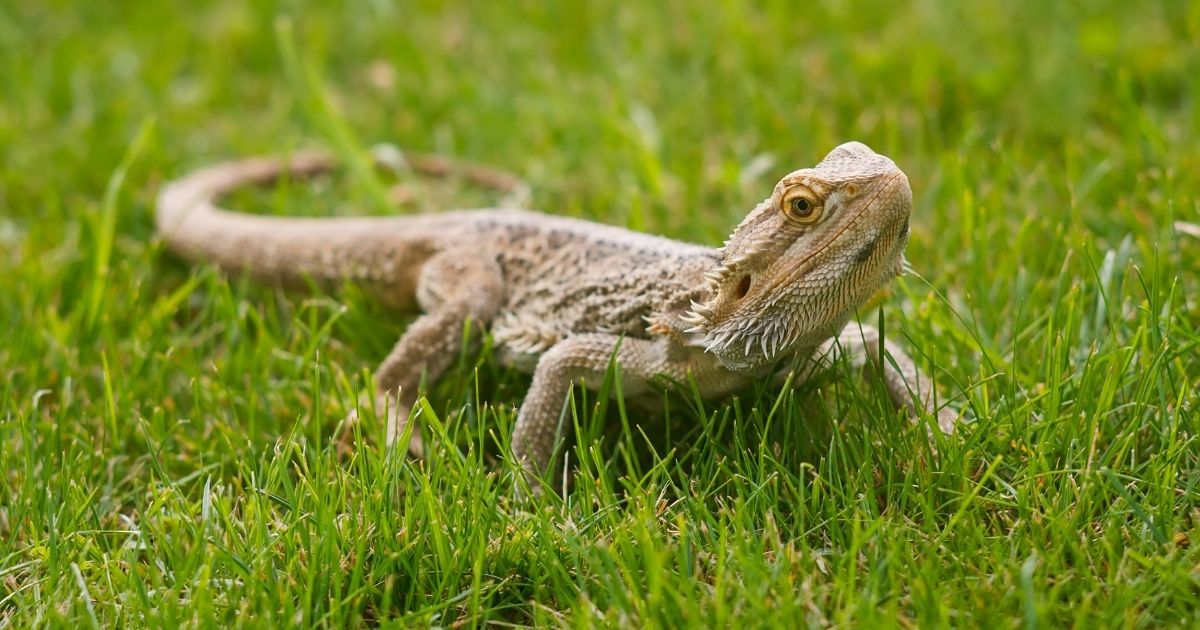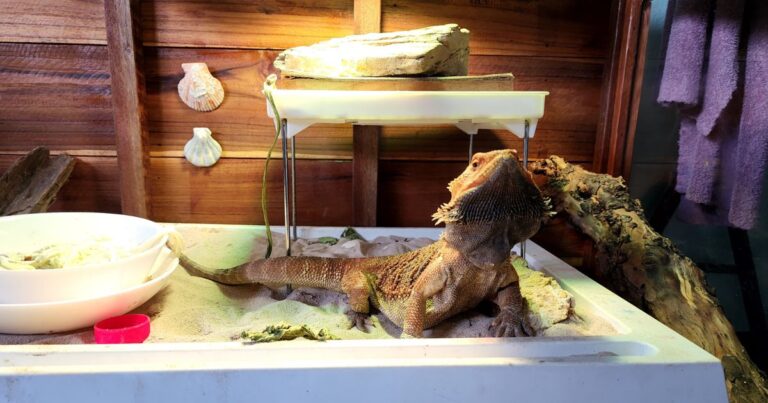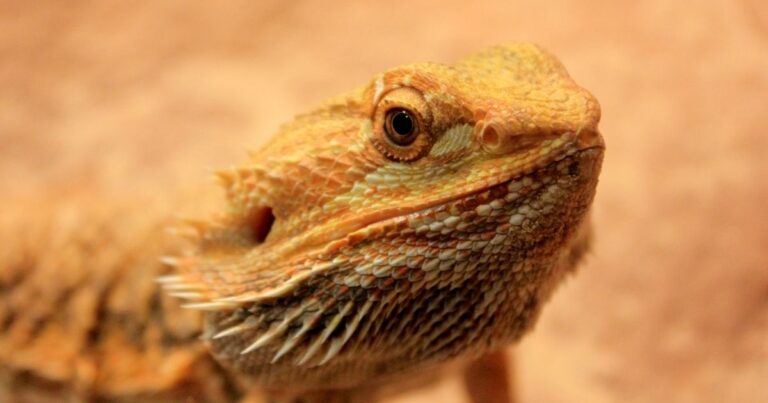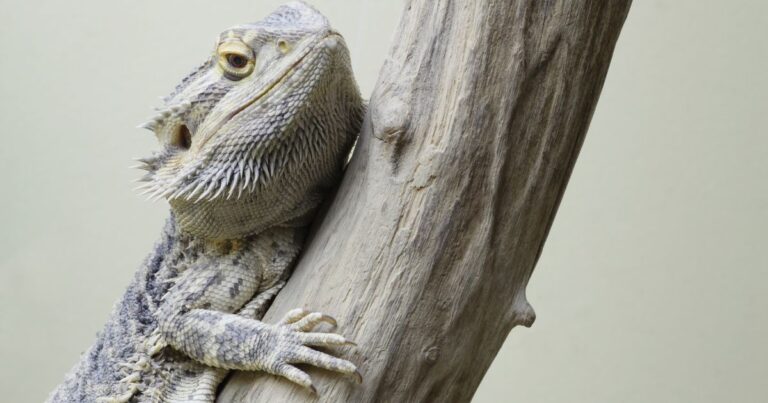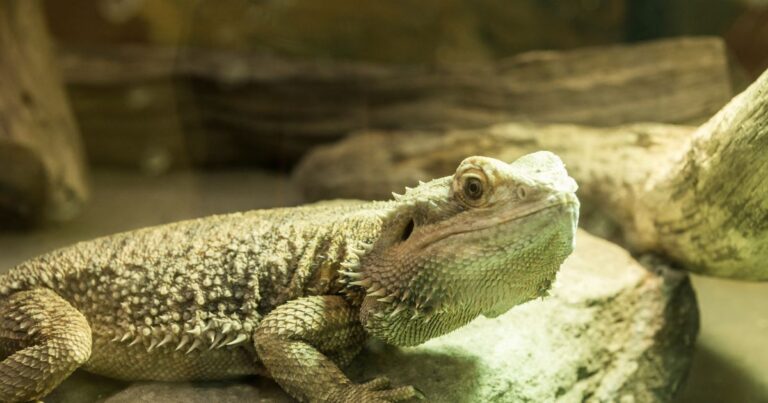Myth: Bearded dragons are low-maintenance pets
Table of Contents
Key Summary Table: Myth: Bearded Dragons are Low-Maintenance Pets
| Fact | Reality |
|---|---|
| Feeding | Bearded dragons require a varied diet of insects and vegetables, which must be prepared and offered regularly. |
| Habitat | They need a carefully controlled environment with specific temperature and humidity levels. |
| Health | Regular health check-ups are necessary, and owners must be vigilant for signs of illness. |
| Interaction | Bearded dragons are social creatures and require regular interaction and handling. |

Introduction
So, you’ve heard the tale, right? The one where bearded dragons are the perfect low-maintenance pets, almost like a goldfish but with legs and a cute beard. Well, let me tell you, as much as I adore my Gilbert, that’s a tall tale if I’ve ever heard one!
Bearded dragons may not bark or scratch your furniture, but they certainly require more than just a bowl of water and a heat lamp.
Today, we’re going to bust the myth that bearded dragons are low-maintenance pets. It’s a popular misconception, and I can see why. They’re small, they don’t bark or scratch your furniture, and they certainly don’t need to be walked twice a day. But, oh boy, there’s more to the story.
We’ll dive into the origins of this myth, the reality of owning a bearded dragon, and the responsibilities that come with it. So, buckle up, dragon enthusiasts, we’re in for an enlightening ride!
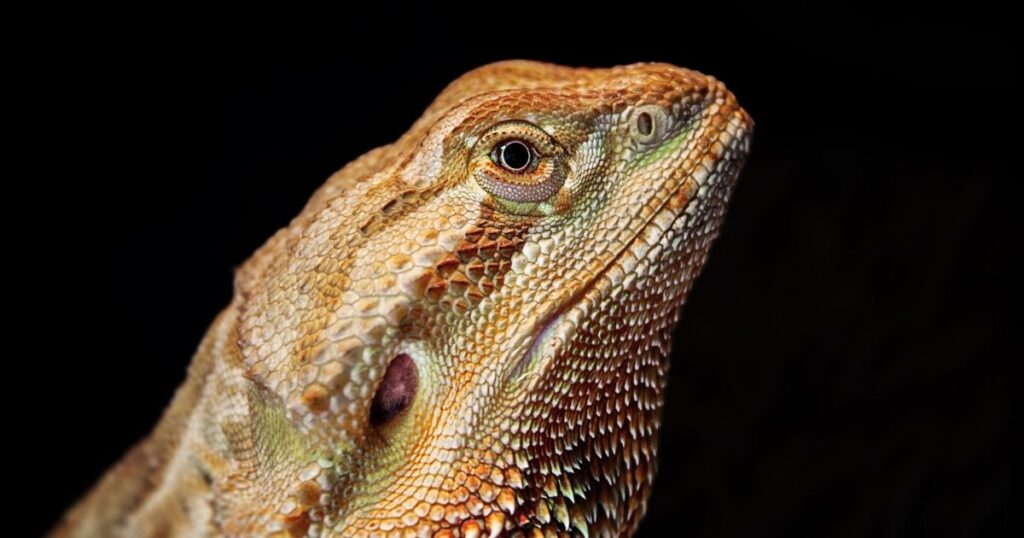
The Myth and Its Origins
The myth that bearded dragons are low-maintenance pets probably started because they’re often compared to other pets like dogs or cats. And sure, compared to a dog that needs walks, playtime, and constant attention, a bearded dragon might seem like a breeze.
I remember when I first heard this myth. I was at a pet store, and the salesperson was trying to convince a family that a bearded dragon was the perfect pet for their young kids. “They’re easy to care for,” he said. “Almost like having a fish, but more interactive.”
I’ve heard all sorts of things! From “bearded dragons don’t need much attention” to “they’re happy just sitting in their tank all day.” When I hear these misconceptions, I try to gently correct them. I share stories about Gilbert, how he has his own personality, and how he needs care and interaction just like any other pet. It’s all about educating people and helping them understand that every pet, bearded dragons included, requires love and care.
But here’s the thing: this myth can be misleading and even harmful. It can lead to neglect, poor pet care, and in the worst cases, it can even put the bearded dragon’s life at risk.

Why do People Believe the Myth
People believe the myth that bearded dragons are low-maintenance pets for a variety of reasons. Some might be drawn to the idea of having a pet that doesn’t require much work. Others might be misinformed about the care requirements of bearded dragons.
It’s easy to see why people might believe this myth. Bearded dragons are often seen basking in the sun or lounging around, which can give the impression that they don’t do much. But, let me tell you, there’s more to these scaly buddies than meets the eye.
Misinformation and lack of knowledge play a big role in perpetuating this myth. Many people don’t realize that bearded dragons require a specific diet, a certain temperature and lighting in their enclosure, and regular health check-ups, among other things.

The Truth about Bearded Dragons
Let’s cut to the chase, shall we? Bearded dragons are like the divas of the reptile world. They have their own set of needs and demands, and they’re not afraid to let you know when they’re not met.
Firstly, their diet is a mix of insects and vegetables, and it’s not as simple as tossing a few lettuce leaves into their enclosure. They need a variety of foods to stay healthy, and some foods, like avocado and rhubarb, are actually toxic to them. So, you’ll need to do your homework on what’s on the menu for your bearded buddy.
Bearded Dragon Diet Requirements
| Age | Insects | Vegetables |
|---|---|---|
| Baby | 80% | 20% |
| Juvenile | 50% | 50% |
| Adult | 20% | 80% |
Owning a bearded dragon is like being in charge of a mini ecosystem. You’re the weather controller, the food provider, and the health inspector all in one.
And, bearded dragons need a specific environment to thrive. They require a heat lamp for basking, a UVB light for absorbing essential vitamins, and a temperature-controlled enclosure to mimic their natural habitat. And let’s not forget about the regular cleaning and disinfecting of their enclosure to keep them healthy.
Bearded Dragon Interaction Requirements
| Interaction | Frequency |
|---|---|
| Handling | Daily |
| Feeding | 2-3 times a day for babies, once a day for adults |
| Health Check | Daily |

The Implications of the Myth
Believing the myth that bearded dragons are low-maintenance pets can have serious implications. For starters, it can lead to improper care, which can negatively affect the health and wellbeing of the bearded dragon.
Bearded Dragon Habitat Requirements
| Requirement | Details |
|---|---|
| Temperature | Basking spot: 95-110°F, Cool side: 85°F |
| Humidity | 20-40% |
| Lighting | UVB light required |
Imagine thinking you’re doing a great job caring for your bearded dragon, only to find out that you’ve been doing it all wrong. It’s like building a house of cards, only to have it toppled over by a gust of wind. That’s what can happen when you believe this myth.
Moreover, the myth can lead to unhappy bearded dragons. Bearded dragons are intelligent creatures, and they can get stressed and unhappy if their needs are not met. So, it’s crucial to understand and cater to their needs to ensure they live a happy and healthy life.
Common Bearded Dragon Health Issues
| Health Issue | Symptoms |
|---|---|
| Metabolic Bone Disease | Weakness, bent limbs, difficulty moving |
| Impaction | Lack of appetite, lethargy, constipation |
| Respiratory Infection | Wheezing, mucus in mouth, lethargy |
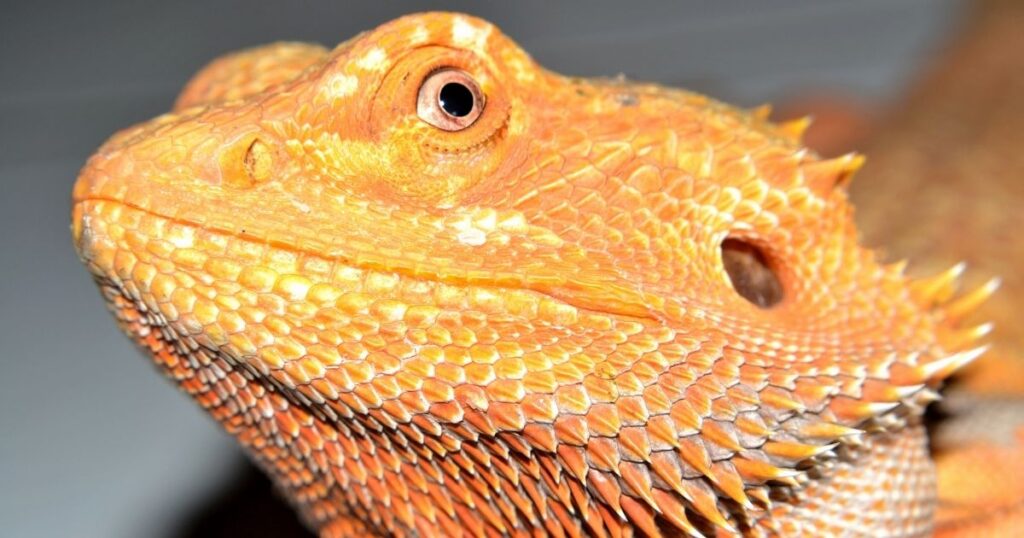
Owning a bearded dragon is like being in charge of a mini ecosystem. You’re the weather controller, the food provider, and the health inspector all in one.
Conclusion: Bearded Dragons Can Be Great Pets, But…
In conclusion, the myth that bearded dragons are low-maintenance pets is just that – a myth. Bearded dragons have their own set of needs and requirements that need to be met for them to thrive.
It’s like expecting a cactus to thrive in a rainforest. It’s just not going to happen. Bearded dragons need specific care and attention, and it’s important to understand this before deciding to get one as a pet.
So, the next time you hear someone say that bearded dragons are low-maintenance pets, you can confidently tell them, “That’s a myth!” And who knows, you might just save a bearded dragon from improper care.

Call to Action
Now that we’ve debunked this myth, it’s time to spread the word. Share this blog post with your friends, family, and anyone else who might believe the myth. Let’s educate more people about the proper care of bearded dragons.
And don’t forget to leave a comment below. I’d love to hear your thoughts on this topic. Have you ever believed this myth? Do you know someone who does? Let’s start a conversation and learn from each other.
Lastly, continue learning about bearded dragons. They’re fascinating creatures with unique needs and behaviors. The more you learn about them, the better you can care for them. So, keep reading, keep learning, and keep loving your bearded dragons.
This post is part of my Bearded Dragon Facts category and the Bearded Dragon Common Myths and Misconceptions.
Other posts of interest: Myth: Bearded Dragons are Easy Pets for Children to Care For and Myth: Bearded dragons can eat any type of insect without concern
Disclaimer: This article is based on personal experiences and should not be used as a substitute for professional veterinary advice. Always consult with a qualified veterinarian for any health concerns related to your pet.
Frequently Asked Questions
Why do some people believe that bearded dragons are low-maintenance pets?
Well, this myth probably comes from the fact that bearded dragons don’t need to be walked like dogs, and they don’t scratch up your furniture like cats. But don’t let that fool you! They require a carefully controlled environment, a varied diet, and regular interaction. So, while they might not chew up your favorite shoes, they definitely keep you on your toes!
What are some of the responsibilities of owning a bearded dragon?
Oh, where to start! From maintaining their habitat with the right temperature and humidity levels, to providing a balanced diet of insects and veggies, to regular health checks and daily interaction – owning a bearded dragon is a full-time job. It’s like being a mini zookeeper!
Are bearded dragons a good pet for children?
Bearded dragons can be great pets for older children and teenagers who are ready to take on the responsibility. They’re interactive, interesting, and can teach kids a lot about care and commitment. But remember, they’re not a low-maintenance pet. So, if your kiddo thinks it’s hard to keep their room clean, they might want to think twice about getting a bearded dragon!
What should I do if I’m considering getting a bearded dragon?
Research, research, and more research! Understanding the needs of a bearded dragon is the first step. And hey, you’re already on the right track by reading this blog post! Just remember, every bearded dragon is unique and requires time, effort, and a whole lot of love.
